«What if I told you everything you know to be true is wrong?»
As this famous Matrix-inspired meme goes, what if I told you that Ivan the Terrible was not actually all that terrible? There are several terms, phrases, and historical Russian concepts that are used erroneously in the English language. So, I chose the top four of my favorite irritants to correct and demystify them!
1. Ivan the Terrible
Ivan IV (1530-1584) was a Russian tsar and one of the key rulers in the country’s entire history. In English, his Russian-language moniker, Groznyi, is typically translated as “Terrible.” However, the latter is inaccurate if we take the most commonly used meaning of “terrible” today, that is, well, bad. “Grozny” is linked to the word “groza,” which translates as “thunderstorm.” The adjective has different meanings. In the case of a person, it is best to translate it as “formidable,” or, perhaps, “fearsome.” To be fair, the English word “terrible” in its less frequently used meaning of instilling fear and awe is closer to the original.
How did Ivan IV gain this reputation?
He was the grandson of Byzantine princess Sophia (Zoe) Palaiologina who married Russia’s Grand Prince Ivan III. This marriage was one of the many reasons why Russia began to consider itself the Third Rome after the fall of Constantinople in 1453. As a ruler, Ivan IV was first the Grand Prince of Moscow and All Russias. Subsequently, he began using the term “tsar” (from the Latin caesar) as the first Russian leader to do so.
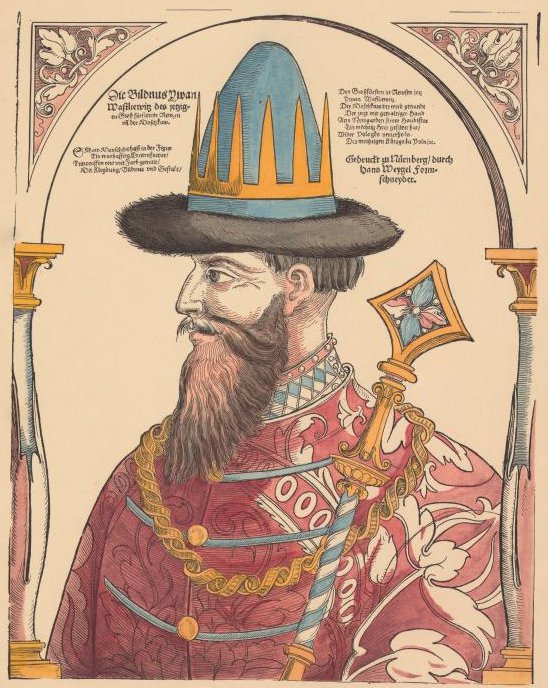
Ivan’s rule involved many reforms, such as those of the justice system and the army. His overhaul of public administration included introducing self-government features at a local level. In geopolitics, Russia triumphed over the Astrakhan and Kazan Khanates and began expanding eastward into Siberia. At the same time, the tsar used the orprichnina policy to consolidate power, at times ruthlessly, and was involved in a prolonged Livonian War (1558–1583) for access to the Baltic.
Furthermore, Ivan IV was one of the most well-educated people of his time. He focused on learning foreign languages and developed a strong interest in science. He funded medical professionals, astronomers, and other types of scientists in Moscow. Ivan IV wrote extensively and even composed music. According to the 19th-century historian Sergey Solovyov in the 29-volume The History of Russia since the Ancient Times (Istoriia Rossii s drevneishykh vremen):
«…not a single ruler from our ancient history was distinguished by such a desire and such an ability to talk, debate, orally or in writing, on the public square, at a church, with a departing boyar or with foreign envoys, which is why he got the nickname…of a rhetorician.»2
The tsar’s reputation as an intellectual seems to be well deserved.
Supporting my work allows me to bring you content like this on a regular basis.
Make a monthly donation
Make a yearly donation
Choose an amount
Or enter a custom amount
Your contribution is appreciated.
Your contribution is appreciated.
Your contribution is appreciated.
DonateDonate monthlyDonate yearlyOf course, Ivan IV was not your friendly local democratically elected mayor backed by a PR agency, whose worst sins include embezzling some funds or having an affair with an underling. Certainly, no executions! Ivan possessed a significant level of political power, which is to be expected of the time period in question. Some historians—starting in the 19th century—wrote that Ivan IV was just and generous to the court and to those he ruled at large. Others emphasized his heightened suspiciousness because he grew up in an atmosphere of court intrigue and internal power struggles. Ivan IV died from a scientifically documented mercury poisoning, so his paranoia may have been justified.1
The tsar is also described in several sources as having been prone to rage attacks, at times, taking them out violently on others such as his servants. However, the question is whether he was a “terrible” ruler compared to other rules and the mores of his time. It is also important to note that Ivan IV was in power for decades and faced different challenges such as the prolonged Livonian War. Thus, his behavior may have shifted. His transformation from a young “party boy” to an intellectual is one such example.
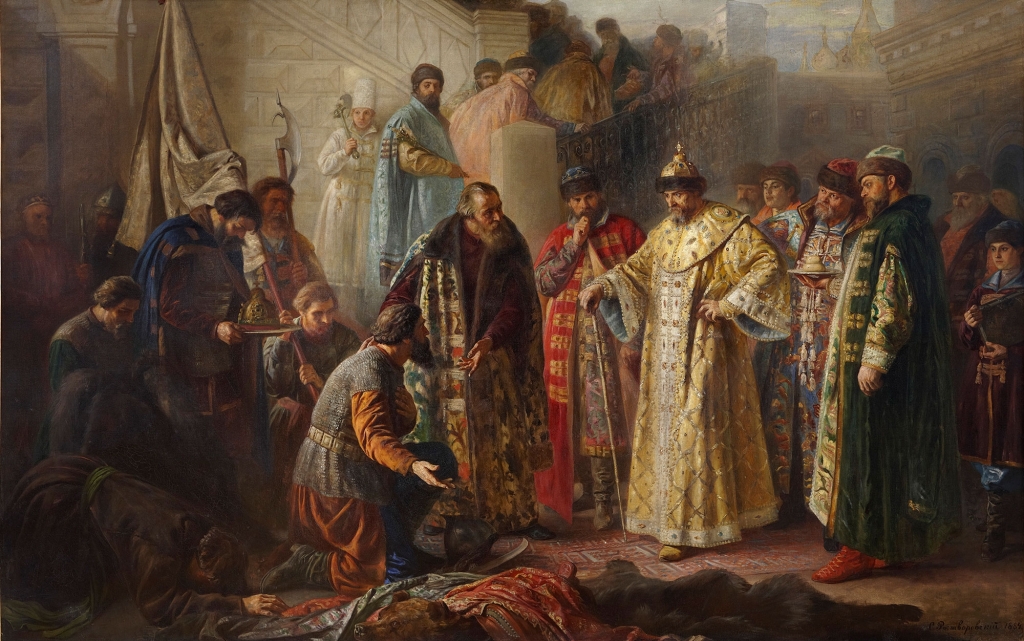
It is Central and Western European sources, such as envoys and travelers, especially in the context of the Livonian War, that are, in part, responsible for exaggerated negative—or entirely false—information, about Ivan IV, specifically, and Muscovite Russia, in general. This war occurred in the Baltic region between Russia and Northern Europe (present-day Denmark, Norway, and Sweden) as well as Poland-Lithuania and other indirect players. German leaders were shocked by the notion of Russia gaining maritime access. John Albert I, Duke of Mecklenburg, for example, referred to Ivan IV as “the Moscow tyrant.” Looking at current global conflicts may help understand how such wartime propaganda functioned several centuries ago. The latter does not mean that contemporary foreign sources on 16th-century Russia are to be discarded altogether, but that we must stay cognizant of their context and motivations and find other corroborative evidence or refutations much like we would by examining present-day information sources.
One such source was Daniel Prinz von Buchau, the envoy of the Holy Roman Empire in Russia, which had its own geopolitical interests in the Baltic region. The envoy traveled to Moscow on diplomatic missions in the late 1570s to negotiate several issues, including those of war, territory, and politics. This source described Ivan IV’s “cruelty” and “rough manners.” Another source was Albert Schlichting, a German prisoner of war in Russia who, for a time, served as an interpreter in the tsar’s court. His text, News from Muscovy, Reported by the Nobleman Albert Schlichting about the Life and Tyranny of Tsar Ivan (1570) (Nova ex Moscovia per nobilem Albertum Schlichtino; allata de Principis Iwani vita et tyrannide), is full of exaggerations and outright lies. The circumstances of his initial arrival in Moscow are certainly relevant. Italian geographer Alessandro Guagnini used some of Schlichting’s information in his own work. Guess when and where Guagnini lived? In the Polish–Lithuanian Commonwealth during the Livonian War. His contemporary, Florentine merchant Giovanni Tedaldi, harshly criticized Guagnini and Schlichting for spreading disinformation:
«On the facts that Guagnini, of Verona, who is still living, wrote against the Muscovite, he, Tedaldi, did not see or hear anything of the sort during his stay in Muscovy, of which he promptly informed the named writer.»3
Sorting through contradictory historical evidence is not uncommon and only emphasizes the importance of context. Thus, it seems that the mythology around Ivan IV is part fact, part wartime propaganda, and part changing meaning of terms. For this reason, I prefer to call him Ivan the Formidable in English.
2. Potemkin Villages
In the English language, the term “Potemkin village” means misrepresenting facts or creating an illusion to mask a less-than-desirable reality. For example, historian John Gaddis, an anti-Soviet Cold Warrior, used the term “Potemkinism” to describe Soviet capability to create the perception of being more powerful than the USSR actually was, in his opinion.
The expression originates with Grigory Potemkin, a Russian nobleman and military leader. As the story goes, Potemkin commissioned the creation of entire fake villages to impress Catherine the Great on her 1787 visit to Crimea. The Russo-Germanic Empress conquered the territory from the Ottomans and formally incorporated it into the Russian Empire in 1783.
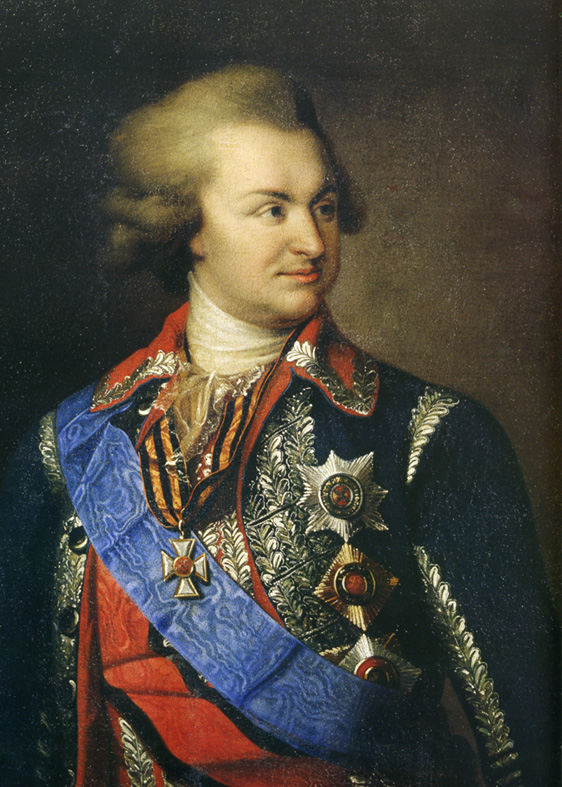
The story is false, but the myth is enduring.
As is the case with the most outrageous information about Ivan IV, the concept of Potemkin’s villages originates from Central and Western European sources. The secretary of Saxon’s (German) embassy in Russia, Georg von Helbig, published Potemkin’s biography at the end of the 18th century. Helbig mentioned fake villages but solely based this part of the text on rumors—which were spread even before Catherine’s trip by Potemkin’s adversaries—because he was not present in Crimea during Catherine’s tour. Finland’s statesman Johan Albrecht Ehrenström, who was also absent from the tour, described painted villages many years later. Half a century later, in 1843, Astolphe de Custine published a scandalous text Russia in 1839 (La Russie en 1839) filled with deliberately inaccurate information, in which he referred to this Potemkin story as well.
In reality, Potemkin poured significant amounts of money into developing Crimea. In the words of Louis Philippe, Comte de Ségur:
«Towns, villages, estates, and sometimes simple huts were so decorated with flowers, painted backdrops, and triumphal gates, that they appeared as some miraculous cities, castles created magically, amazing gardens…»
Other foreign witnesses of Catherine’s voyage through Crimea included Charles-Joseph, Prince de Ligne, who also saw Potemkin’s impressive investment into the peninsula. Potemkin, one of Catherine’s favorites, also spent generously on fireworks and other types of entertainment for his Empress. This modus operandi was not atypical for the nobleman. Earlier, he invested in the development of Kherson, then-Novorossia.
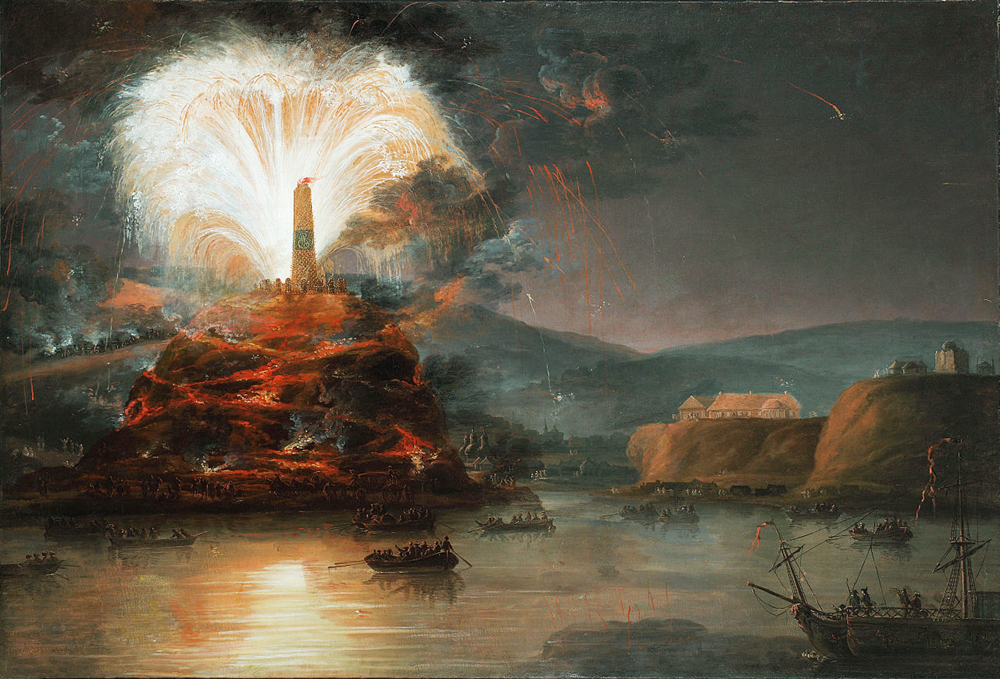
Some historians believe that, in the short term, these types of rumors were meant to target the Ottomans to portray the Russian Empire as weak. After all, it was from the Ottomans that Crimea was conquered. In the long term, however, “Potemkin villages” joined the arsenal of anti-Russian propaganda in certain Western countries.
To lighten the mood by moving way from history and politics, the last two examples are from culture.
3. Babushka (the Head Scarf)
This example is a double offender: both the pronunciation and the usage are wrong! First, the word “babushka” features stress on the first syllable, “bAbushka,” rather than the second syllable, “babOOOOOshka.” Second, this word simply means “grandmother.”
The meaning points to the way in which the original term was misappropriated and conflated by imagining the stereotype of a Slavic (Russian) grandmother wearing a head scarf. However, the usage of a head scarf in Russian culture is broader: from fashion to women generally covering their hair in church.
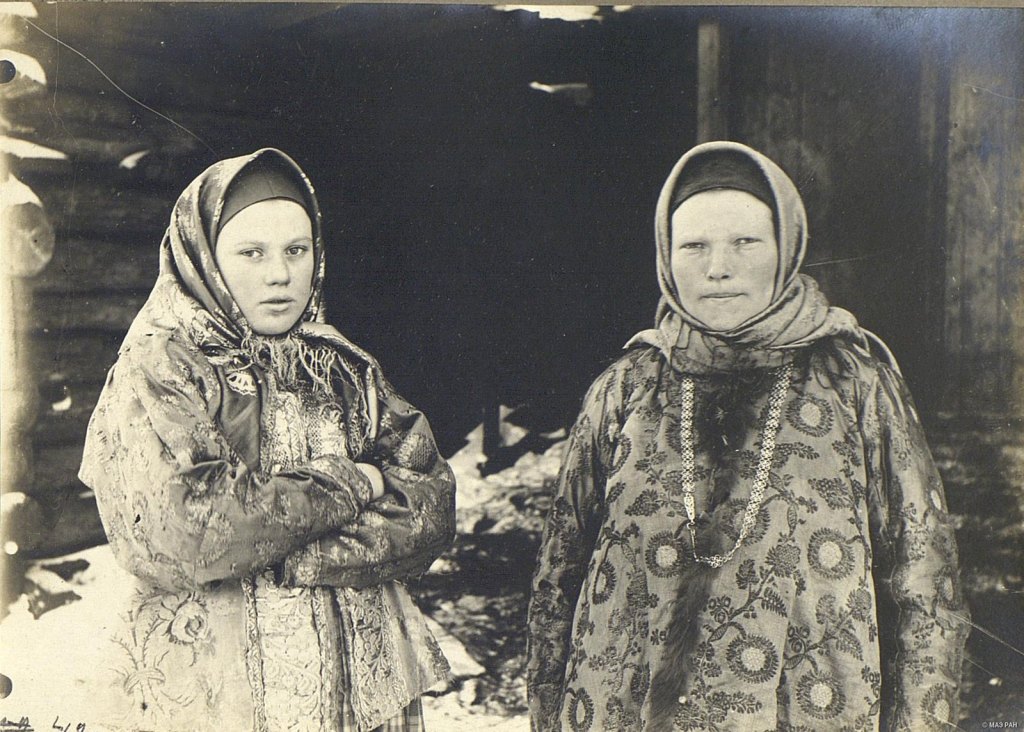
So if you’re going to annoy your friendly neighborhood Russians by asking them about pet bears and vodka consumption, you could at least avoid sounding like Buffalo Bill by adding “wearing your grandma” into the mix!
4. “Na zdorovie”
Many use “na zdorovie” as a literal translation of “to [your] health” in a toast. However, such usage is incorrect. Instead, this phrase is one of the ways to say, “You’re welcome [to do something].” For example:
-Grandma, may I have a slice of your pie?
-Of course, you can. Na zdorovie.
OR
-I completely disagree with your opinion.
-Disagree with me all you want. Na zdorovie. (As in, “You’re welcome to have a different opinion.”)
Should you still attempt to go on a suicide mission of drinking a mighty Russian under the table, you could still start by raising a toast. Use one minor modification to the phrase in question to make it accurate, “Za vashe zdorovie” or “Za tvoyo zdorovie” both work as translations of “to your health.” The first example uses the formal polite or plural “you,” whereas the latter relies on the singular or informal “you.”
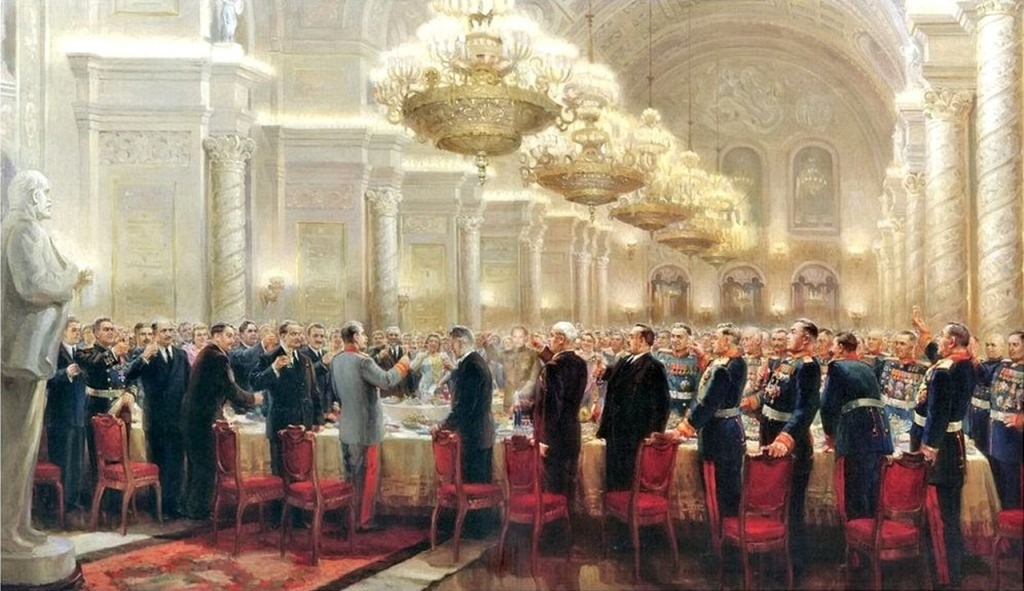
But, if you want really want to make an impression, you should use this toast instead:
«Comrades! Let me propose one more toast. I would like to propose a toast to the health of our Soviet people, and, first and foremost, the Russian people. I am drinking, above all, to the health of the Russian people because it is the most outstanding nationality of all the nationalities forming the Soviet Union…»
Trust me. 😉
Footnotes
1. Many medicines at that time contained mercury, so it is not clear whether Ivan IV was deliberately poisoned. One study, however, identified a high level of arsenic in addition to mercury in the tsar’s remains, which would point to a deliberate act.
2. Solovyov, Sergey, Istoriia Rossii s drevneyshykh vremen (Russian History from the Ancient Times), Saint Petersburg: Tovarishchestvo Obshchestvennaia polza, 1851-1879, vol. 6, chapter 2.
3. Wipper, Robert, Ivan Grozny, Leningrad: Izdatelstvo Akademii Nauk SSSR, 1944, p. 124.
How about Khrushchev’s threatening-to-Americans, mistranslated saying, “We will bury you”?